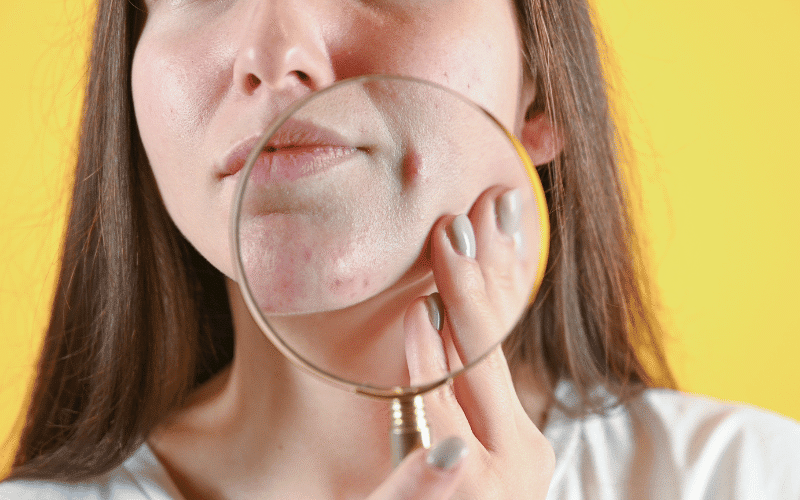6. Changes in Hair and Skin: The External Indicators

Silent thyroiditis can also influence the health and appearance of your hair and skin, making these changes visible indicators of the condition. The condition’s impact on these aspects can be attributed to the role thyroid hormones play in the growth and regeneration of skin and hair cells.
During the hyperthyroid phase, the excessive levels of thyroid hormones can accelerate the skin’s metabolic processes, leading to increased perspiration. This excessive sweating can make your skin feel moist and warm. Additionally, an increased metabolic rate can also speed up the hair cycle, leading to hair thinning or even hair loss in some cases.
On the other hand, during the hypothyroid phase, the decreased thyroid hormone levels slow down the skin’s metabolic processes, causing it to become dry, rough, or pale. Similarly, the slowed metabolic rate can lead to decreased hair growth, further contributing to hair thinning. In some cases, the hair might also become brittle, coarse, or dry, leading to increased hair breakage. (6)